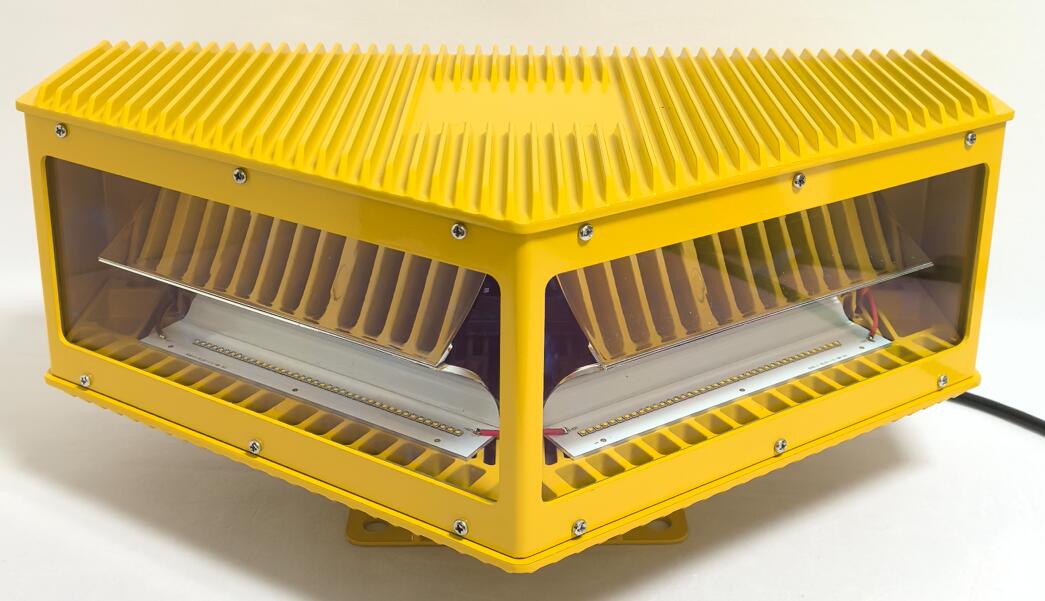Chimney Aircraft Warning Light: Essential Guardian of Aviation Safety
In our vertically expanding world, tall structures like industrial chimneys pose significant hazards to low-flying aircraft. The chimney aircraft warning light serves as a critical safeguard, preventing collisions and ensuring compliance with international aviation regulations. This article examines the technological advancements, regulatory requirements, and practical applications of these vital safety devices that protect both air traffic and ground infrastructure.
Why Chimney Aircraft Warning Lights Matter
1. Heightened Aviation Safety Concerns
With increasing air traffic density and urban development, the risk of aircraft colliding with tall structures has grown exponentially. A properly installed chimney aircraft warning light reduces this risk by up to 82% according to FAA studies, making it an indispensable safety component.
2. Regulatory Compliance Mandates
International Civil Aviation Organization (ICAO) Annex 14 and FAA Advisory Circular 70/7460-1L mandate warning lights on structures exceeding 200 feet (61 meters). These regulations specify:
Light intensity requirements (day/night operations)
Flash patterns and colors (typically red/white)
Vertical spacing for multiple light installations

Modern Innovations in Warning Light Technology
1. LED Revolution
Contemporary chimney aircraft warning lights utilize energy-efficient LED arrays that:
Offer 100,000+ hours of operational life
Provide superior visibility in all weather conditions
| chimney aircraft warning light |
Consume 80% less power than traditional incandescent systems
2. Smart Monitoring Systems
Next-generation models feature:
Automatic fault detection and remote alerts
Light intensity adjustment based on ambient conditions
Wireless connectivity for maintenance reporting
| chimney aircraft warning lights |
3. Eco-Friendly Solar Options
Solar-powered variants eliminate grid dependence while:
Reducing carbon footprint
Maintaining operation during power outages
Simplifying installation in remote locations
Installation Best Practices
1. Strategic Positioning
Effective chimney aircraft warning light placement requires:
Top-mounted primary lights
Intermediate lights for very tall chimneys (300+ feet)
360-degree visibility coverage
2. Maintenance Considerations
Proper upkeep involves:
Quarterly cleaning of lenses and solar panels
Annual electrical system inspections
Immediate replacement of faulty components
3. Specialized Mounting Solutions
Engineered brackets must withstand:
Extreme temperature fluctuations
High wind loads (up to 150 mph)
Chemical exposure in industrial environments
Industry-Specific Applications
1. Power Generation Facilities
Coal/gas plant chimneys (often 500+ feet tall) require robust lighting systems that endure:
Continuous vibration
High-temperature exhaust plumes
Corrosive emissions
2. Petroleum Refineries
Flare stacks and processing towers need:
Explosion-proof certified fixtures
Enhanced corrosion resistance
Fail-safe power backups
3. Waste Incineration Plants
Unique challenges include:
Soot accumulation on lenses
Extreme heat differentials
Frequent maintenance access needs
Future Trends in Warning Light Technology
1. Integrated Radar Systems
Emerging solutions combine visual lighting with:
Passive radar reflectors
Active transponder systems
ADS-B compatibility
| chimney aircraft warning lighting |
2. AI-Powered Predictive Maintenance
Machine learning algorithms will enable:
Failure pattern recognition
Optimal cleaning schedules
Automated spare parts ordering
3. Enhanced Sustainability
Development focuses on:
Recyclable materials
Improved solar efficiency
Reduced light pollution designs
The humble chimney aircraft warning light has evolved into a sophisticated safety system that balances regulatory compliance, technological innovation, and practical functionality. As industrial structures grow taller and airspace becomes more congested, these devices play an increasingly vital role in global aviation safety networks.
Looking ahead, integration with digital air traffic management systems and continued improvements in energy efficiency will further enhance their effectiveness. For facility managers and aviation authorities alike, investing in high-quality chimney aircraft warning lights remains not just a regulatory obligation, but a moral imperative to protect lives and infrastructure.
